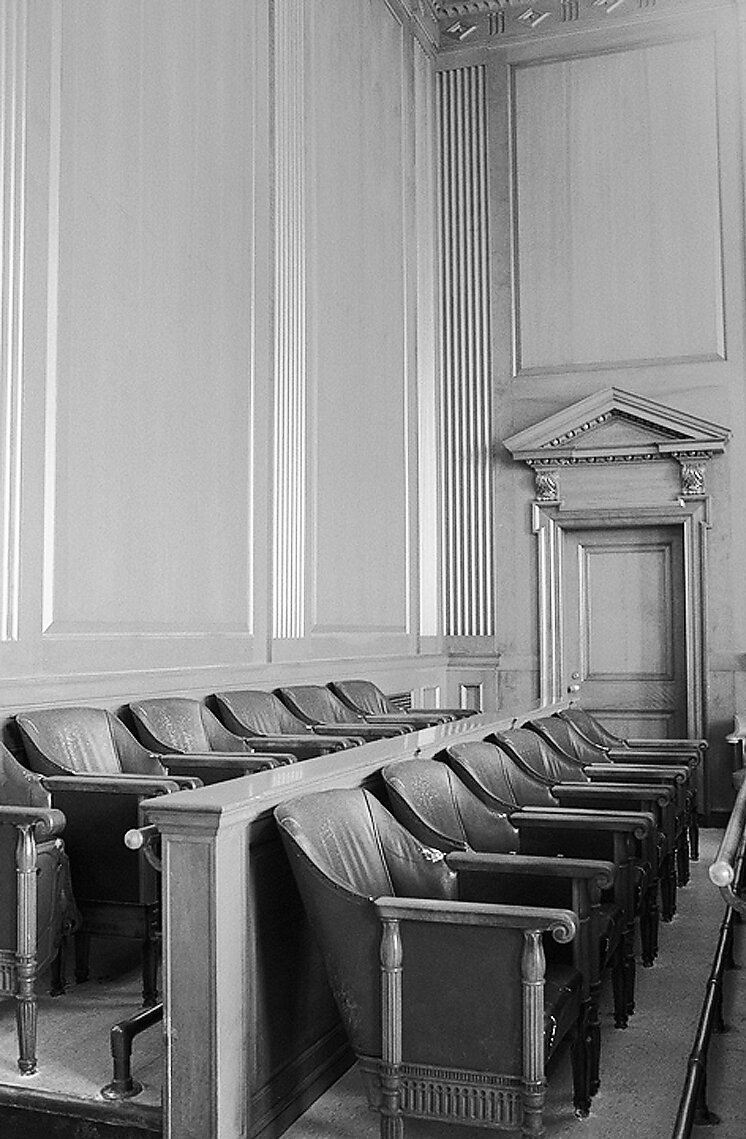The criminal law has also followed the rise of the regulatory state. In addition to the thousands of criminal laws, there are now tens of thousands of regulations that carry criminal penalties, including prison time.
Overcriminalization
Under the Constitution, crime fighting is supposed to be reserved to state and local government. But over the past 40 years, Congress has federalized many of the crimes that have always been investigated by local police.
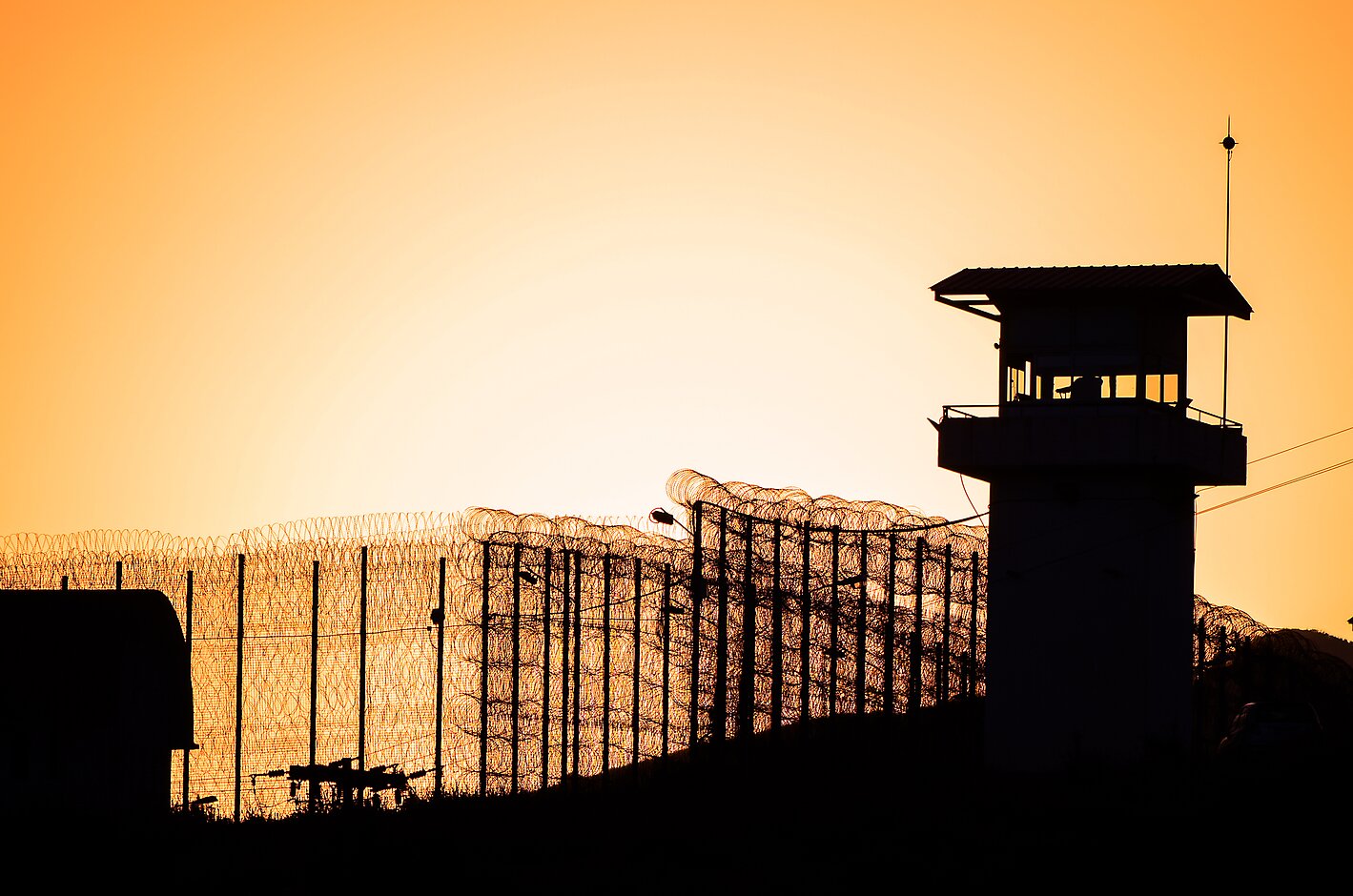
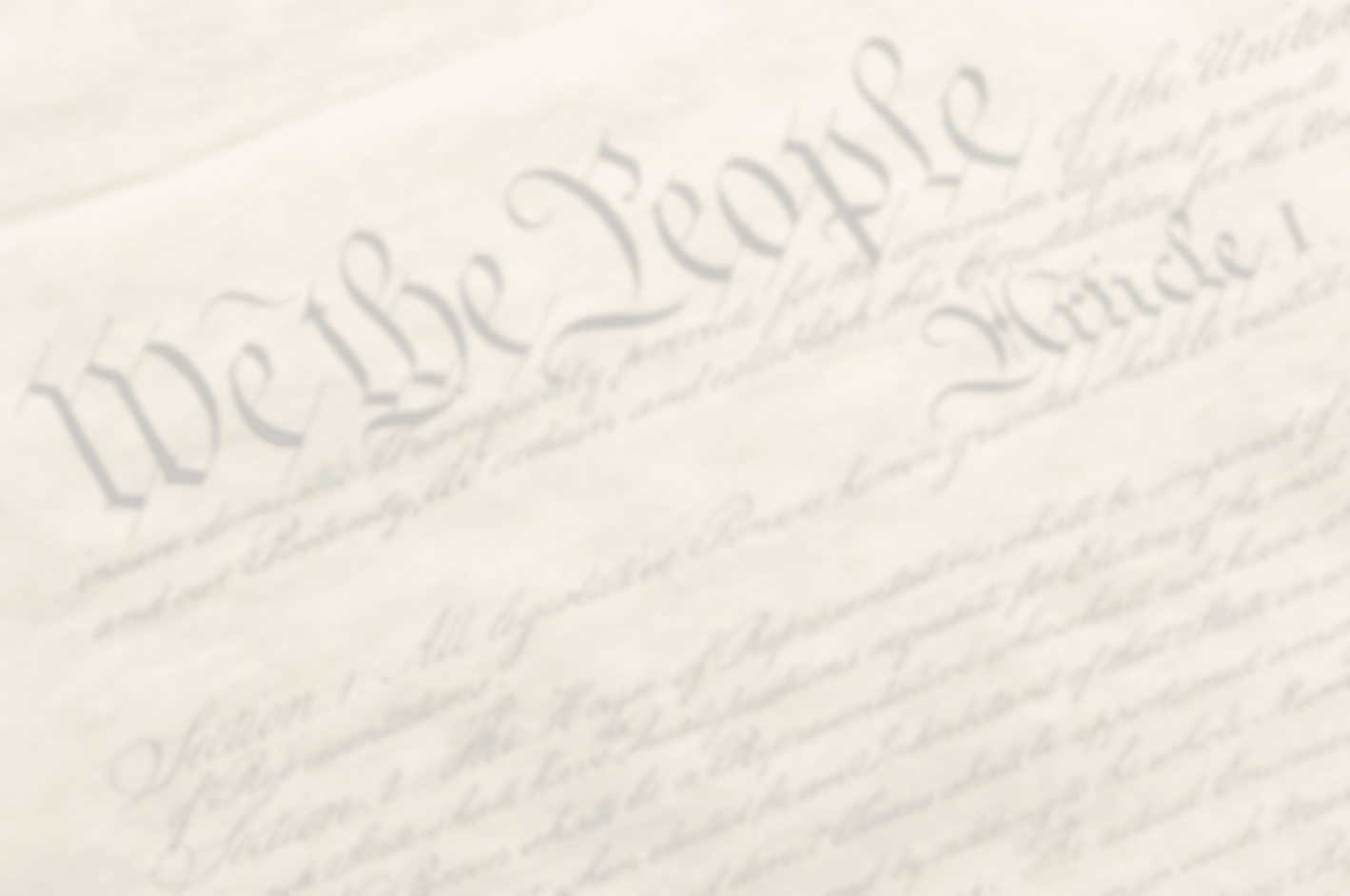
The Growth of “Crime”
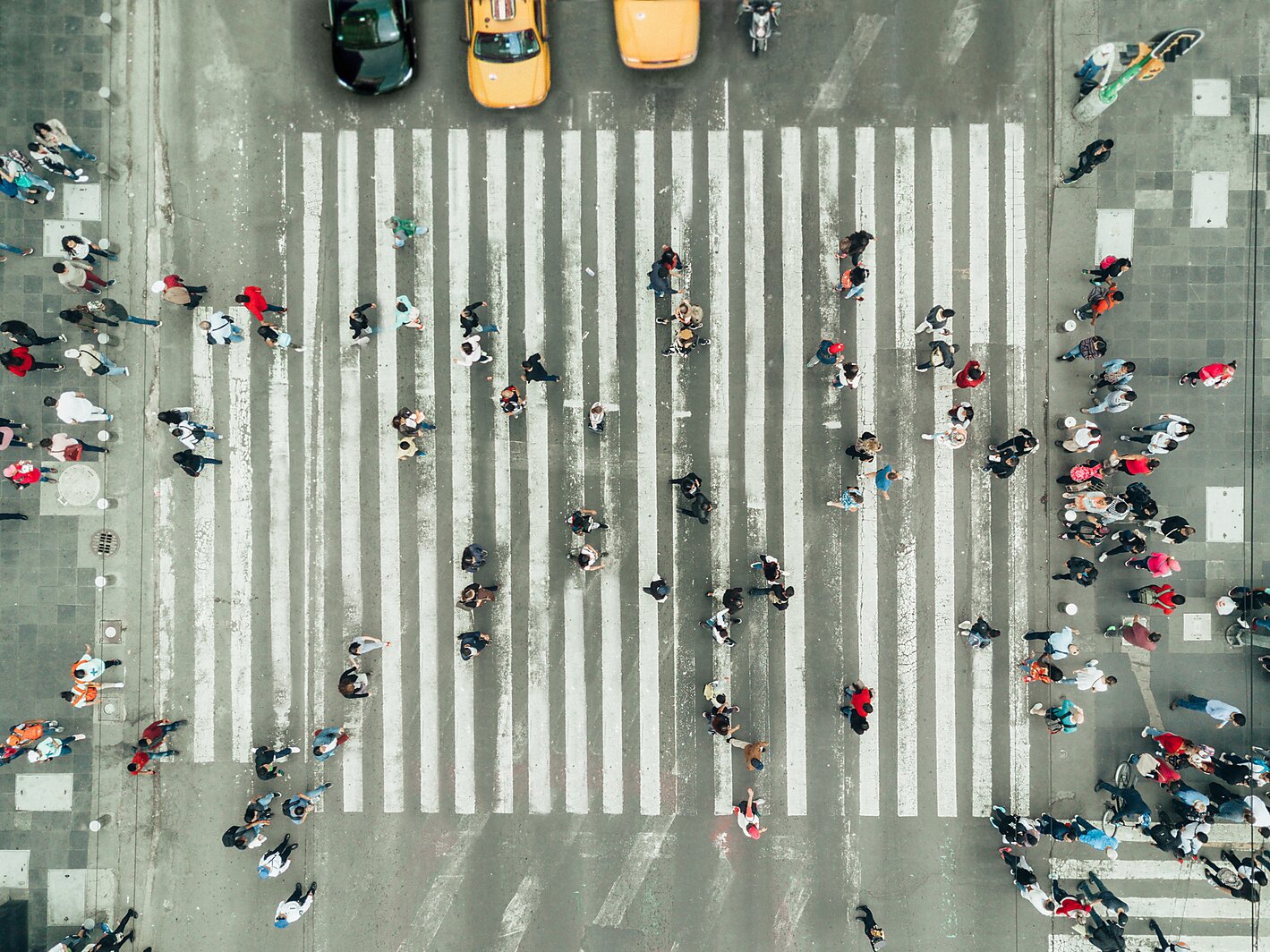
The web of rules has become so vast that it seems as if most Americans are now criminals whether they realize it or not.
The overcriminalization phenomenon extends beyond the realm of violence, fraud, vice, and commercial regulations.
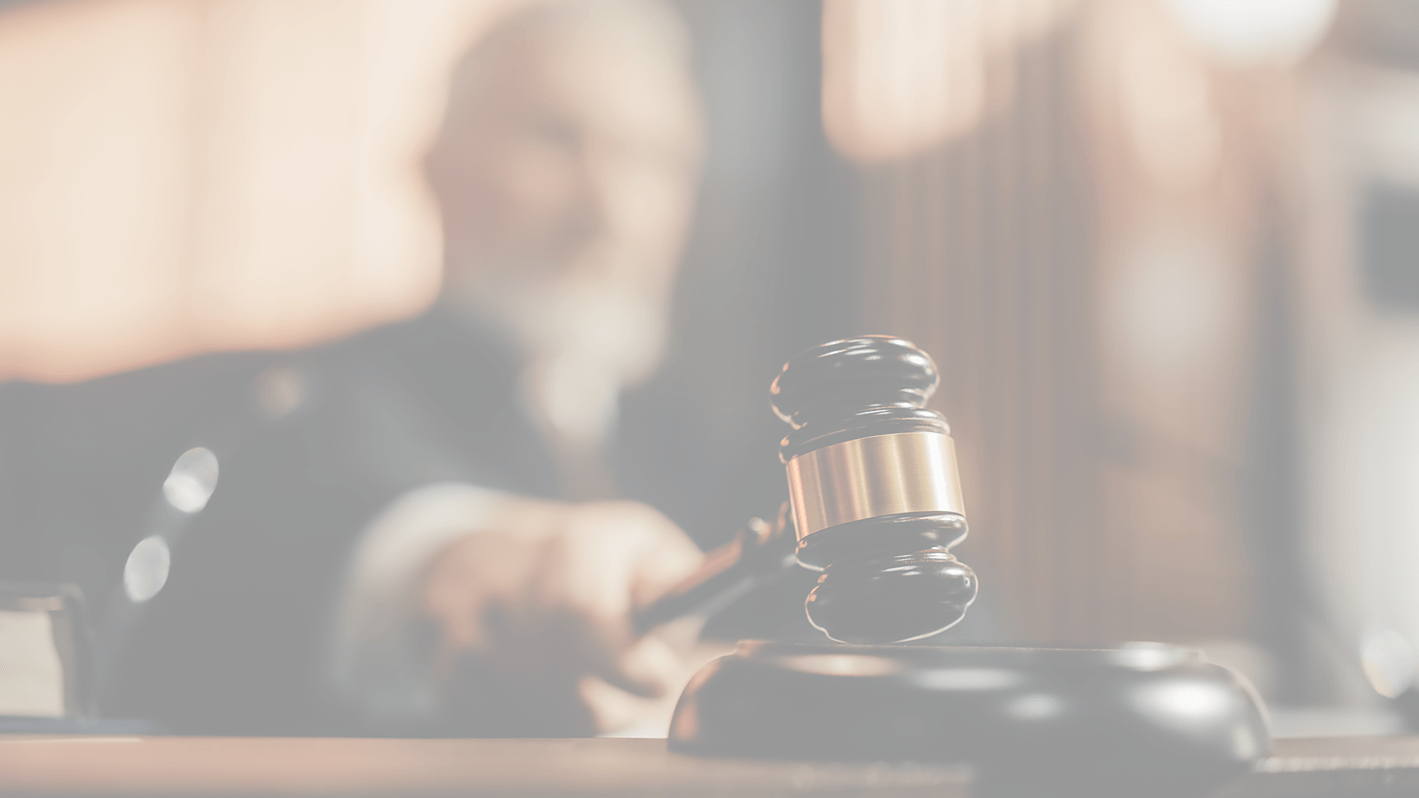
Unconstitutional Overcriminalization
The first problem to consider is the proliferation of illegitimate legal prohibitions, or what we might call “unconstitutional overcriminalization.”
The scope and substance of criminal law are of course not set in stone. No Platonic ideal criminal code outlaws precisely the right sorts of conduct while leaving people free to do everything not specifically proscribed.
Does government have a good reason to lock people up in cages, or may it do so more or less on a whim?
Unfortunately, the Supreme Court has answered this vital question with what amounts to an institutional shrug.
Accordingly, the courts have come to treat the arrest and incarceration of citizens as a fairly trivial imposition on their liberty that government may—except in a few settings—impose for no particular reason at all.

Reactive Legislation
Powerful dynamics cause government officials to criminalize far more conduct than is socially optimal or morally defensible.
That’s because when voters feel anxious or outraged about something—whether it’s the opioid epidemic or a bubble‐driven financial crisis—legislators have two basic choices:
Option 1:
Either they can do the hard work of studying the problem to figure out what actually caused it and determine what, if anything, government can realistically do to make things better…
Option 2:
…or they can simply pass a law making it illegal to do whatever it is that people think may have caused the problem, and start locking people up as a means of assuring constituents that the problem is being addressed—whether or not it really is.
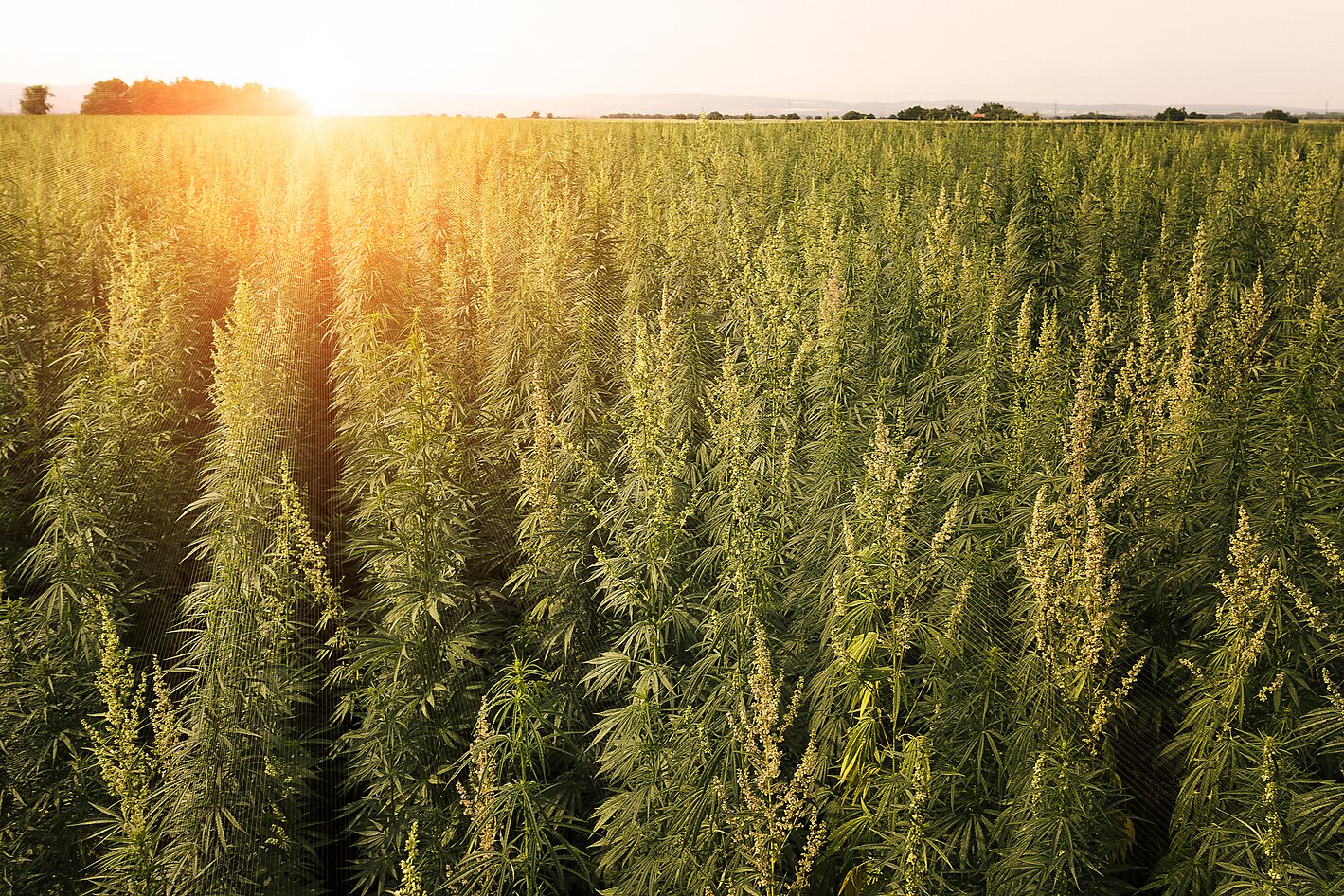
Take marijuana, for example.
For most of our history, the cultivation or consumption of cannabis was not illegal; in fact, cannabis was historically used in various medicines, such as cough syrup. But, eventually, marijuana use became associated with certain countercultures, and the establishment came to fear—and then demonize—it.
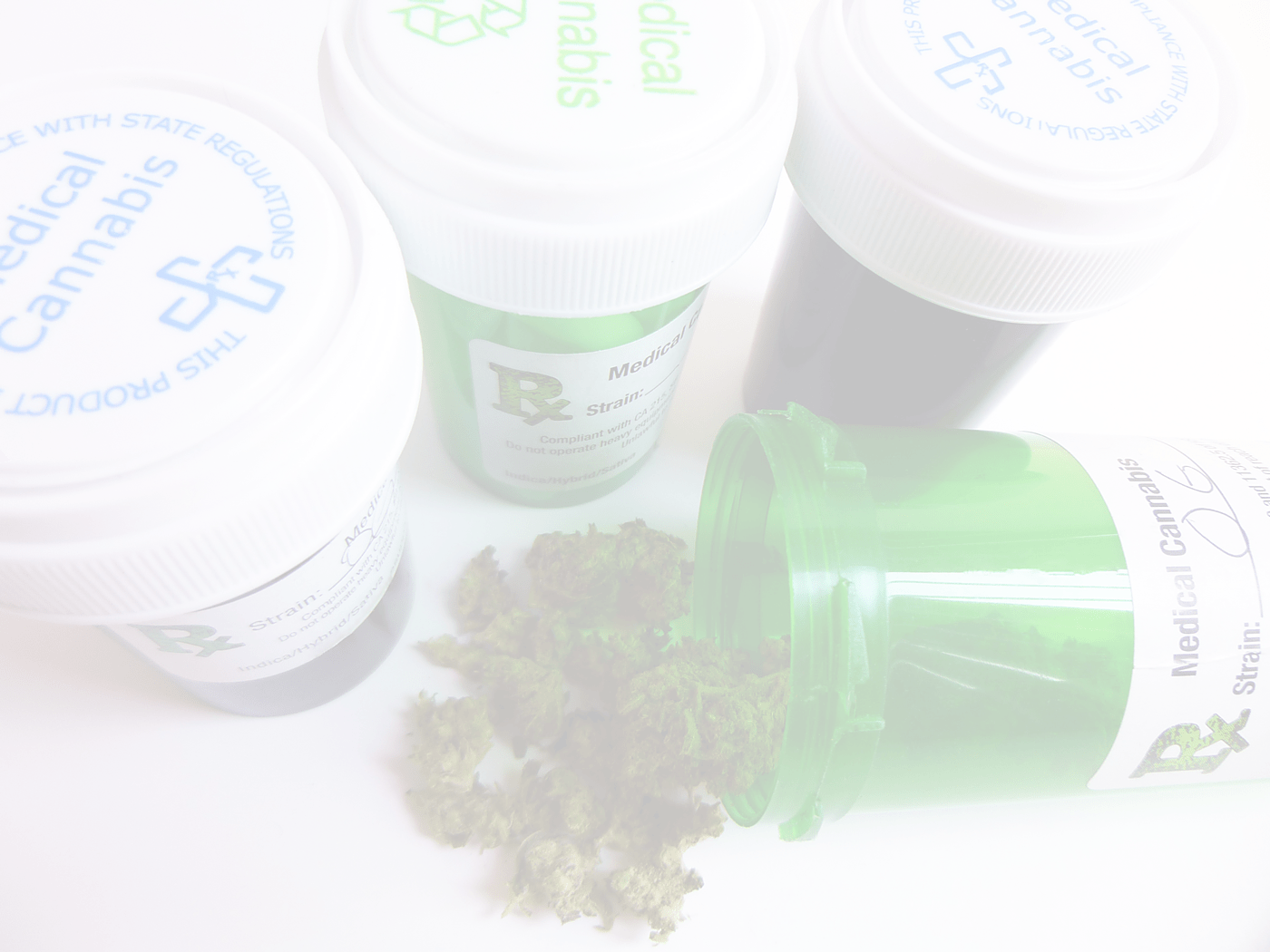
An Overwhelmed Criminal Justice System
“Every 25 seconds someone is funneled into the criminal justice system, accused of nothing more than possessing drugs for personal use.
These wide‐scale arrests have destroyed countless lives while doing nothing to help people who struggle with dependence.”
—TESS BORDEN, ARYEH NEIER FELLOW AT HUMAN RIGHTS WATCH AND THE ACLU
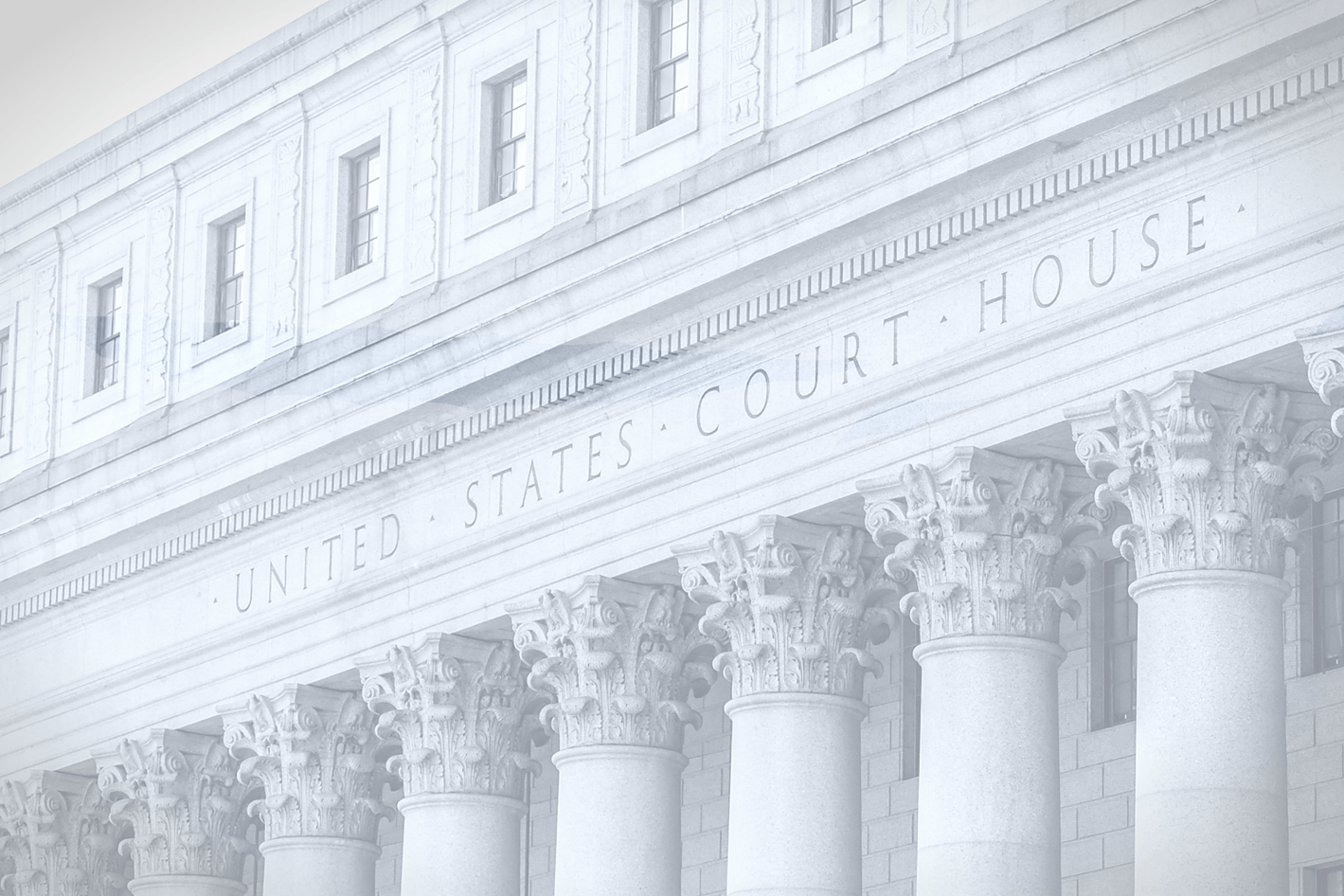
America’s criminal justice system was designed to deal with the relatively small number of genuinely anti-social people who exist in a generally healthy and well-functioning society at any given time.
But because our policymakers have chosen to criminalize vast amounts of nonwrongful conduct that many perfectly decent, otherwise law-abiding citizens wish to engage in—and will continue to engage in despite the prohibition—our criminal justice system finds itself completely overwhelmed with a task it was never designed for, namely, identifying, arresting, prosecuting, and punishing a vast number of mere transgressors,
only a fraction of whom are actual criminals.
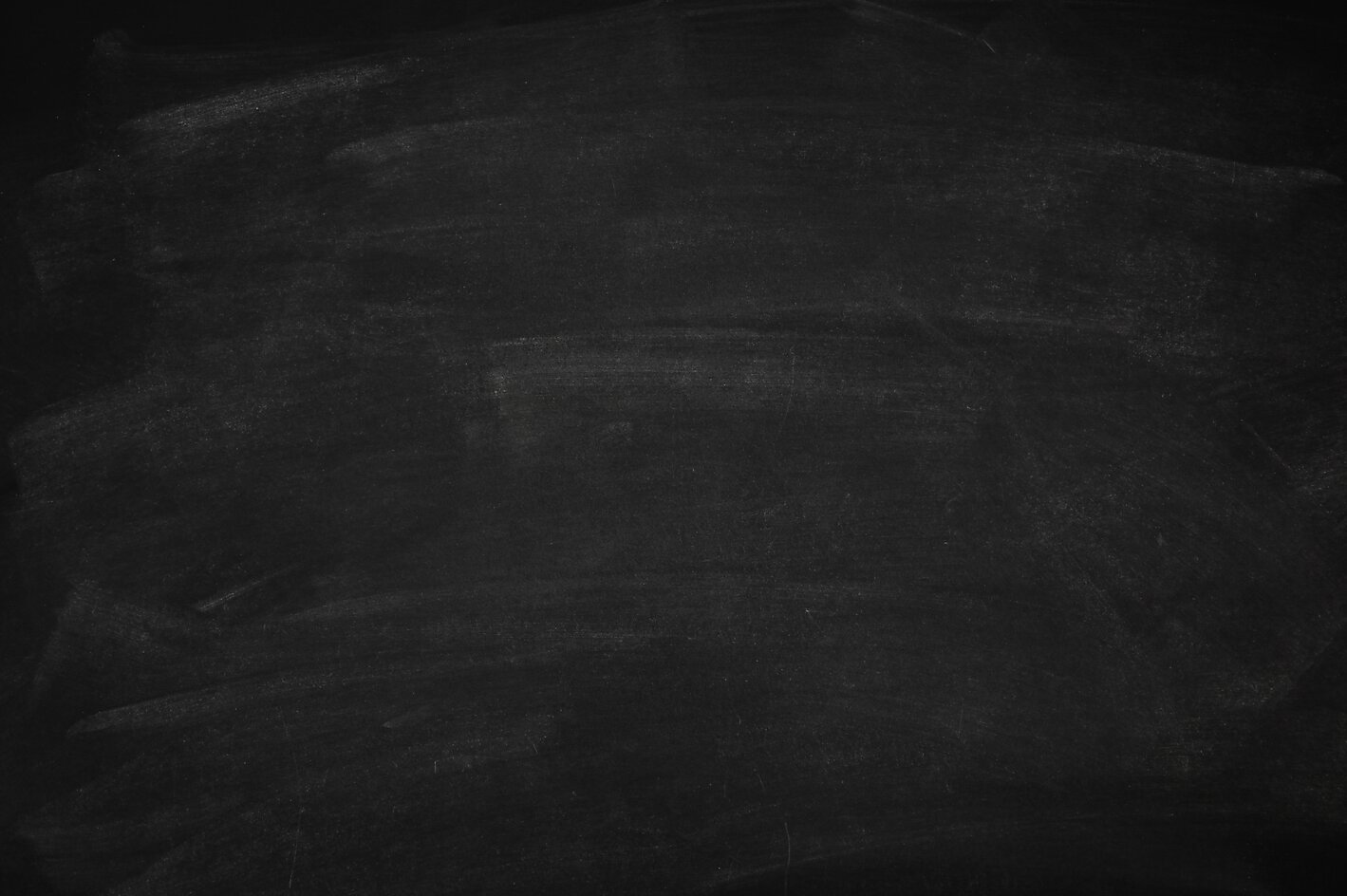
Coming Up Next
Plea Bargaining
You will…
- learn what a plea bargain is
- study the four levers of coercive plea bargaining
- understand how inadequate representation and neutered juries have transformed our criminal justice system
